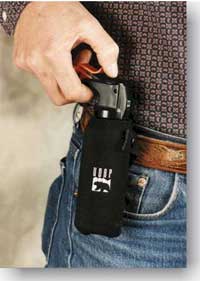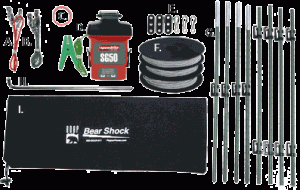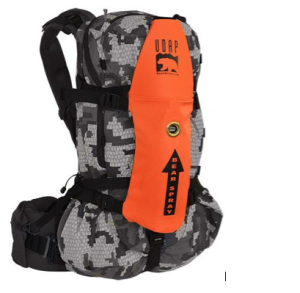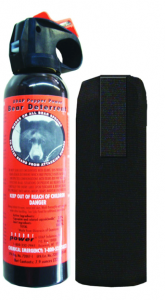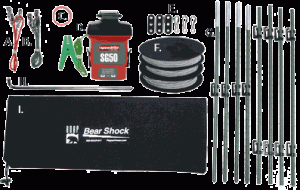Backpacking into remote areas of the west is both fun and rewarding. There are many challenges the hiker can face on a pack trip, and he should always be prepared to encounter anything from unpredictable weather, injury, or even an encounter with a bear. One way that a hiker can be more prepared is to properly load his pack, and also to have his pack fastened correctly about his upper body so that the pack is merely an extension of him. Remember, in the backcountry, your backpack is your lifeline; it is responsible for protecting your food, shelter, and clothing.
A hiking backpack should not be worn like a school child’s pack. The hiking backpack is meant to carry much of the load of the pack on the hips and not on the shoulders. When you put on your pack, adjust the shoulder straps first, as this will lift the pack into position over your hips. Then tighten down the waistbelt. The waistbelt needs to be tight, but not so tight that it cuts off the circulation to your legs. The load straps should be tightened to a forty-five degree angle. If these straps are cinched in tight it will pull the shoulder straps of the pack into your skin.
While there is no one absolute correct way to load a backpack, there are some basic guidelines that will ensure that the load in the pack will travel comfortably throughout the hike. First of all, place the items that you wont need until you camp like light clothing, and a sleeping bag and pad in the bottom of the pack. If you are hiking in bear country make sure to keep items like toothpaste, food, or even sunscreen away from these items that you will be using at night. Bears have a very keen sense of smell, and you do not want the smell of these items in the tent with you at night. Above the lighter items, you will want your heaviest items. These items ideally should be loaded close to your spine in the middle of your back. The Food, water supply, and stove can all be placed in this area of the pack. You can place your tent, rain jacket, and other soft necessities that you may need in an emergency around the heavy items to prevent any possible shifting.
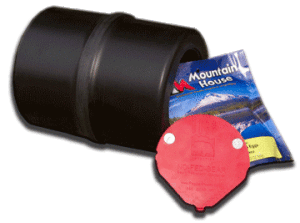
Another option is a UDAP Bear Proof Food Container for storing food from bears.
